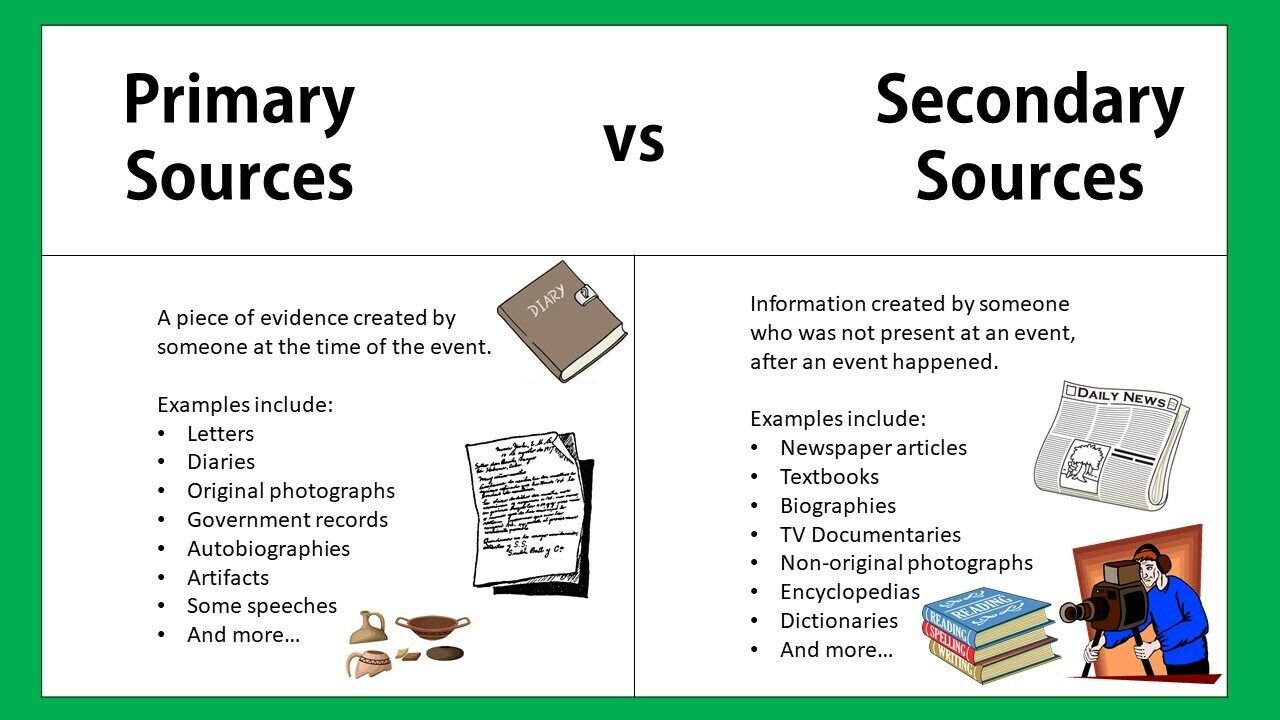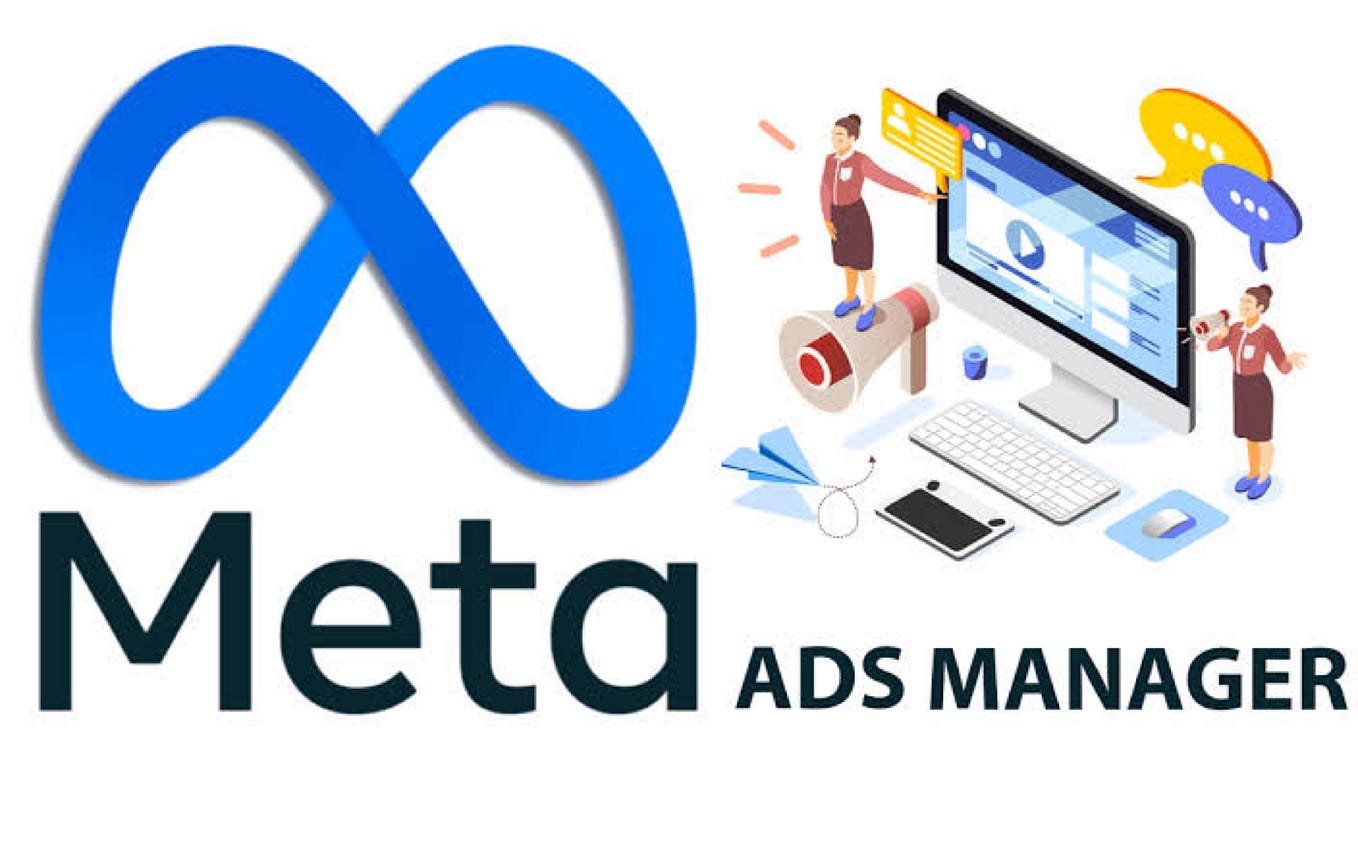facebook ads for ecommerce stores
Introduction Facebook Ads are a powerful tool for ecommerce stores to drive traffic, increase brand awareness, and boost sales. However, many businesses struggle to achieve optimal results due to common issues like poor targeting, ineffective ad creatives, or improper campaign setup. This guide breaks down these problems, identifies their causes, explains the consequences of inaction, … Read more









